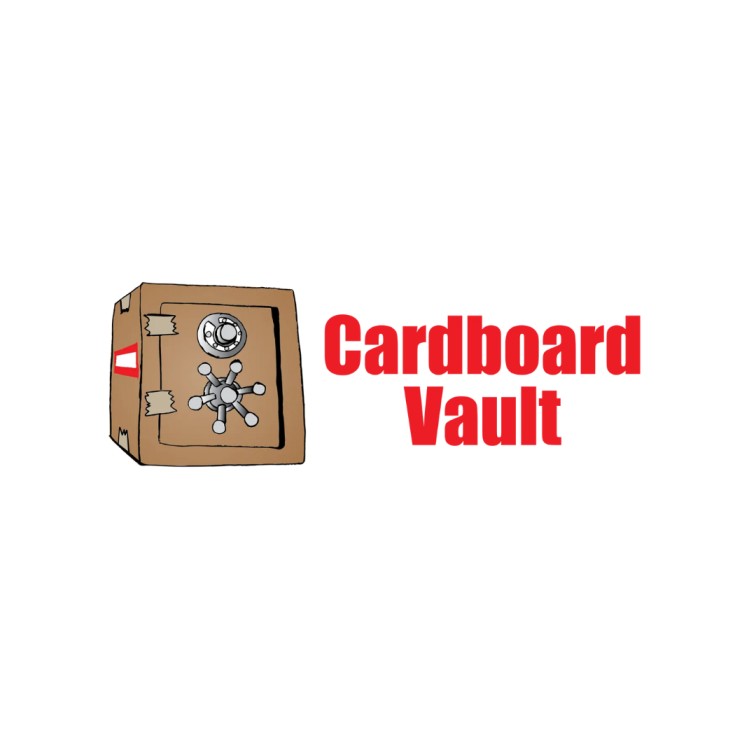
Getting into football card collecting can feel a little overwhelming at first. With so many different brands, players, and types of cards out there, it’s easy to feel lost. But don’t worry — buying football cards doesn’t have to be complicated. With a few smart tips, you can start collecting like a pro, even if you’re just getting started.
The first thing to understand is that not all cards are created equal. Some cards are mass-produced and easy to find, while others are rare and valuable. Before you buy anything, it helps to learn the basics. Rookie cards, for example, are often the most sought-after because they represent a player’s first appearance on a card. Special inserts, autographed cards, and limited editions are also highly desirable. Spend a little time researching which types of cards are worth chasing. It’ll save you a lot of money and frustration down the road.
Next, decide what kind of collector you want to be. Are you collecting because you love the game and certain players? Or are you hoping to build a collection that might be worth more in the future? There’s no wrong answer, but your approach might be different depending on your goal. If you’re collecting for fun, you might not care as much about card condition or value. But if you’re thinking of your collection as an investment, you’ll want to be a little more careful and strategic.
When you’re ready to buy football cards, start small. It’s tempting to jump right in and spend a lot of money, but it’s better to build your knowledge first. Try picking up a few packs from trusted brands like Panini or Topps. Opening packs is exciting, and it gives you a feel for the kinds of cards out there. As you get more comfortable, you can move on to buying individual cards, either online or at card shops and shows.
Speaking of online buying, be cautious. Sites like eBay and dedicated sports card marketplaces are great places to find deals, but they also come with risks. Always check the seller’s reputation, look closely at the card photos, and read the descriptions carefully. If you’re buying a high-value card, it’s smart to look for ones that have been graded by a professional company like PSA or Beckett. A graded card not only proves authenticity but also gives you a better sense of its condition, which directly affects its value.
Another important tip: pay attention to the condition of the cards you buy. Even small flaws like a bent corner or surface scratch can lower a card’s value significantly. Collectors use terms like “mint,” “near mint,” and “good” to describe condition, but having cards graded professionally is the most reliable way to know what you’re getting. If you’re buying raw, ungraded cards, learn how to inspect them carefully so you don’t end up disappointed later.
It’s also a good idea to set a budget for yourself. Football card collecting can get expensive fast if you’re not careful. Setting limits keeps the hobby fun and helps you stay focused on finding cards that really matter to you, instead of getting swept up in the excitement of buying everything in sight.
Finally, connect with other collectors. Joining online forums, social media groups, or even visiting local card shops can help you learn faster. Other collectors often share tips, deals, and news about upcoming releases. Plus, it’s a lot more fun when you’re part of a community that shares your passion.
In the end, buying football cards like a pro is all about being informed, patient, and passionate. Start slow, learn as you go, and enjoy the process. Whether you’re chasing the next big rookie or building a collection full of your favorite players, the real reward is in the stories your cards tell and the memories you make along the way.